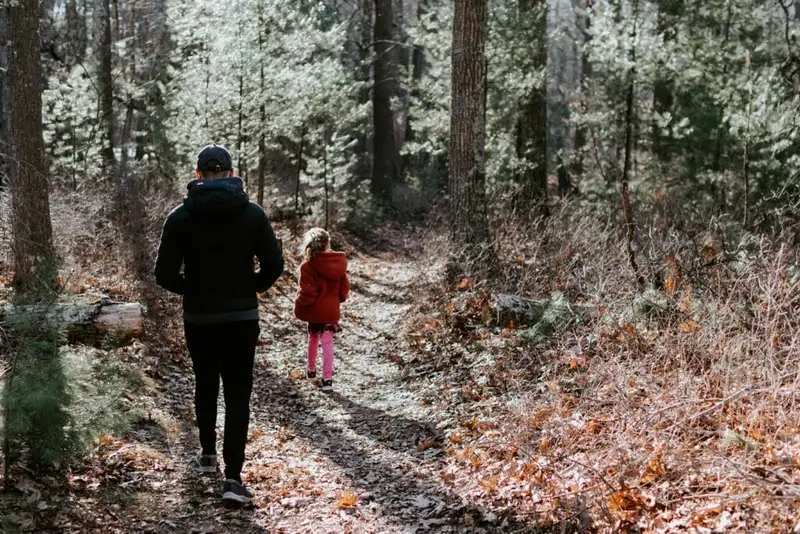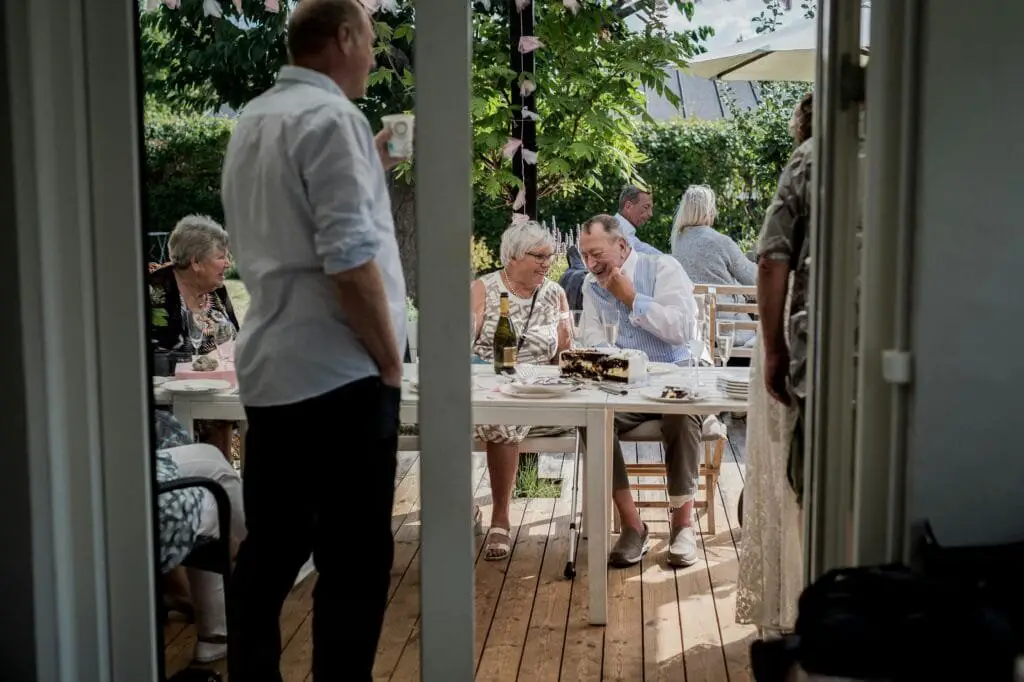1. “Thriller” by Michael Jackson (1983)

When Thriller premiered, it wasn’t just a music video, it was an event. At nearly 14 minutes long and directed by An American Werewolf in London’s John Landis, it blurred the lines between horror film and pop music. Jackson’s red jacket, the zombie dance, and that chilling Vincent Price monologue made it unforgettable. MTV played it like a feature film, and people gathered around their TVs just to watch it, as if it were prime-time programming.
It raised the bar for every artist who came after. Music videos didn’t have to just be lip-syncing and moody lighting anymore, they could tell stories, incorporate costumes, choreography, and make cultural waves. It helped solidify MTV as a tastemaker and made music videos a legitimate art form. You can still hear people trying to mimic the laugh at the end.
2. “Take On Me” by a-ha (1985)
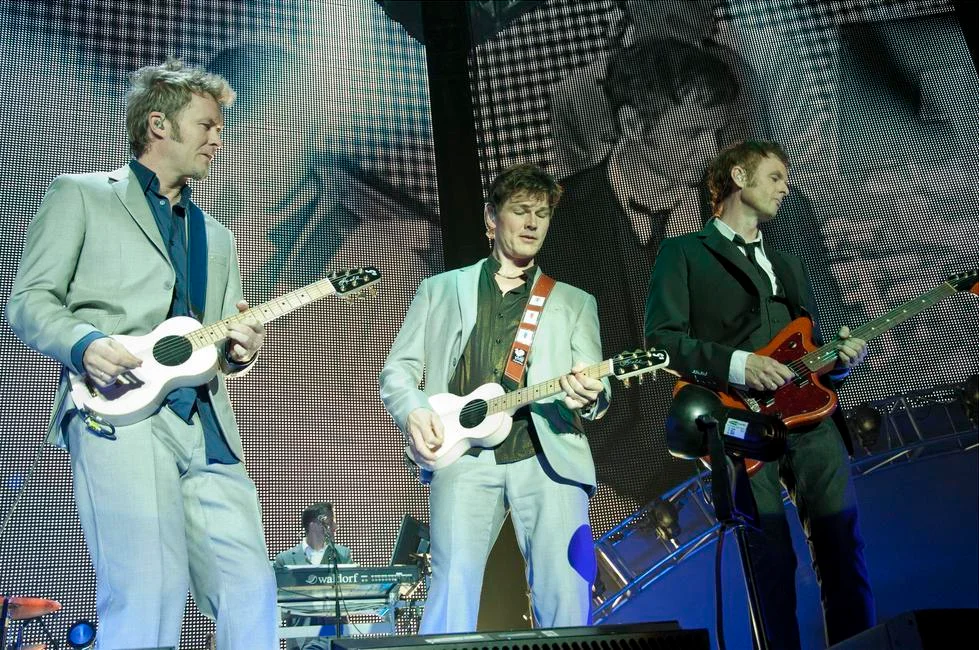
This one felt like magic when it first aired. The combination of live-action and pencil-sketch animation was like nothing we’d seen before. The Norwegian band a-ha wasn’t a household name yet, but this video changed that overnight. Suddenly, we weren’t just watching performances, we were watching mini-movies filled with fantasy and adventure.
The story of the girl being pulled into a comic book world was captivating and oddly emotional. Director Steve Barron crafted something that felt romantic, surreal, and hopeful. It made animation cool again, and the innovation of blending styles stuck with viewers for decades. People still try to replicate that sketchy black-and-white look today.
3. “Money for Nothing” by Dire Straits (1985)

This was the first music video many people remember seeing in heavy rotation on MTV, and it was unforgettable thanks to its groundbreaking computer animation. Sure, it looks a little blocky by today’s standards, but in 1985, those 3D construction worker characters felt futuristic. The song’s lyrics even poked fun at MTV itself—“I want my MTV”—yet the network embraced it wholeheartedly.
What’s interesting is that the video mocked the whole idea of rock star glam while simultaneously benefiting from it. The irony wasn’t lost on viewers, and it made the whole thing that much smarter. Plus, Sting’s vocals on the chorus gave it a strange credibility crossover. You couldn’t escape it, and you didn’t really want to.
4. “Like a Prayer” by Madonna (1989)
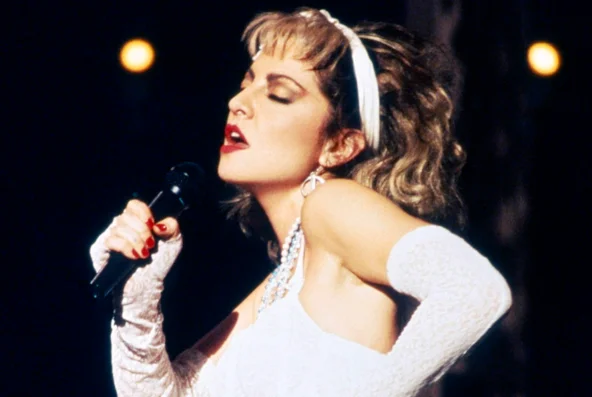
Leave it to Madonna to stir things up. The video for Like a Prayer tackled race, religion, and justice in ways that were way ahead of their time. With burning crosses, stigmata imagery, and a Black saint figure wrongly accused, the video sparked controversy from every direction. Pepsi even pulled their sponsorship, which only made people more eager to see what all the fuss was about.
But controversy aside, it was a bold, emotional story told through strong visuals. Madonna wasn’t just making catchy pop anymore—she was making statements. It proved that music videos could be political and deeply personal at the same time. And for many of us, it was the first time we saw something like that on regular TV.
5. “Sledgehammer” by Peter Gabriel (1986)
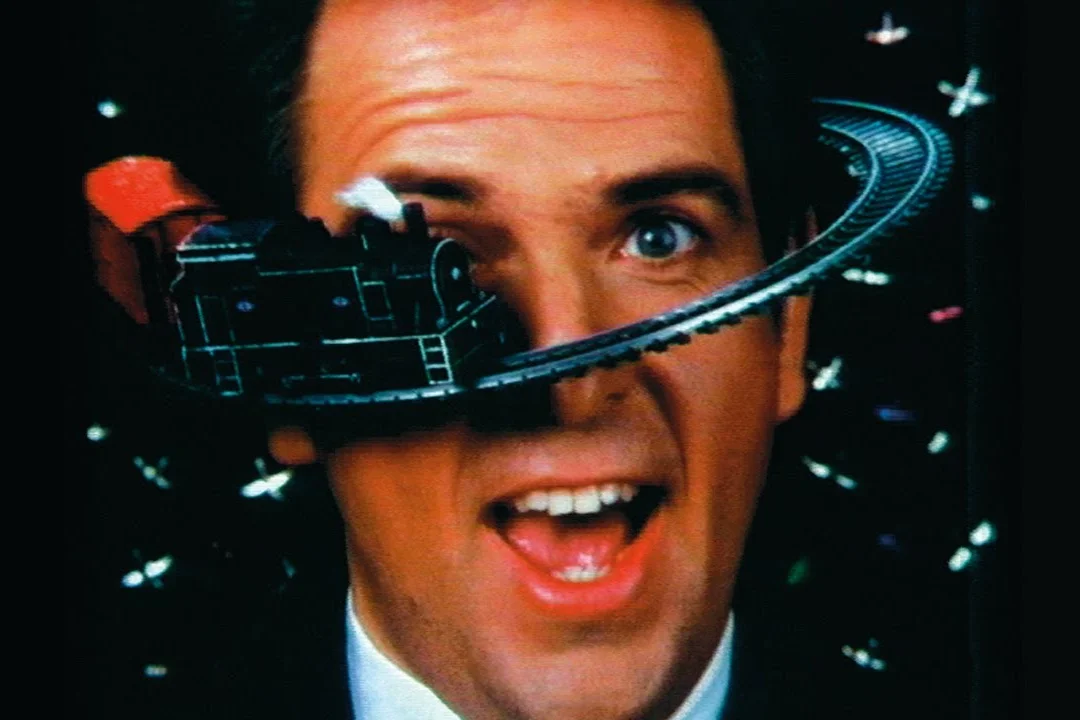
You almost had to watch Sledgehammer more than once to figure out what was happening. With its wild stop-motion effects, claymation fruits, and dancing chickens, the whole thing felt surreal and hypnotic. Gabriel sat still for hours while the team animated around him, creating a visual feast that no one had ever tried before.
It won a record number of MTV Video Music Awards and for good reason. Every frame felt like an art project, but somehow it all worked with the song’s funky groove. It made it clear that videos could be just as experimental as any avant-garde film. And it helped Peter Gabriel become a visual artist as much as a musical one.
6. “Girls Just Want to Have Fun” by Cyndi Lauper (1983)
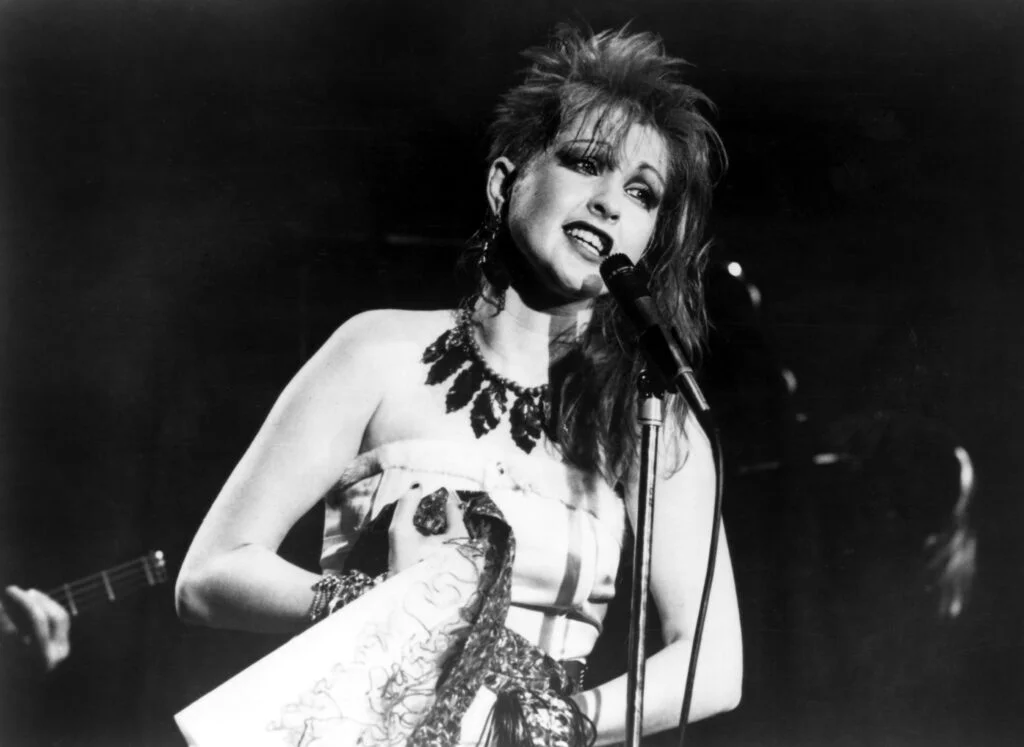
This wasn’t just a fun, colorful romp, it was a whole vibe shift. Cyndi Lauper’s video was one of the first to really center women just having a blast on their own terms, without needing approval. Her real-life mom played her mom in the video, and the wild energy of the street dance party felt genuine.
The DIY aesthetic made it feel like something you and your friends could pull off with a camcorder. And that’s what made it so revolutionary—it was accessible. It encouraged girls to be loud, bold, and weird, and it gave MTV a much-needed dose of playfulness. Even today, it’s hard not to smile when you hear that first synth riff.

